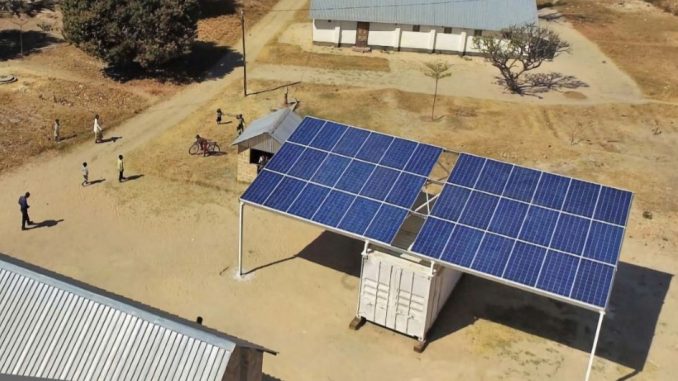
Over the last decade, leading authorities have repeatedly heralded minigrids as essential to providing electricity to approximately half of all unelectrified communities in Africa. Despite this, investment, political buy-in, and scale have remained elusive. One of the key reasons this has been the case is that to date, national-level decisionmakers, investors and donors have had to rely on data and evidence from individuals or small groups of companies. This being because there has been a general lack of reliable, neutral information available on the sector as a whole.
With this report, the African Minigrid Developers Association’s (AMDA) and Economic Consulting Associates (ECA) present analysis of a one of a kind dataset collected from nearly all established market leaders across Africa as well as a significant sample of smaller, newer companies that together represent the vast majority of private sector minigrid companies on the continent. This report provides the most comprehensive analysis on minigrid financing, economics, regulation, service quality, & impact available to date, and also offers key insights into the barriers facing the sector and what can be done to overcome them.
Key Findings
Overall, the African minigrid market is behaving predictably both as a nascent industry, with significant price reductions emerging as investments increase, and also as a rural electrification sector, in that public funding has proven an essential catalyst to bring in private investors and kickstart cost reductions through the scale-up process. Logic holds that continued public support will see continued scale-up and price reductions.
The data demonstrates a fundamental interconnection between concessional funding, private investment, political environments and deployment of connections. AMDA’s data illustrates how these different pieces of the enabling environment feed off one another to build the trust, confidence, and experience necessary to see increased delivery of energy access. These elements are so fundamentally intertwined that disruptions within the cycle can derail growth or even devolve into negative feedback loops.
AMDA’s data shows the sector is beginning an impressive scale-up phase. As donor funding steadily increased over the reporting period, connection numbers did as well; going from under 2,000 connections in 2016 to over 41,000 in 2019. These connections have provided over 250,000 people, businesses and community facilities with high quality, productive energy. To date, this growth has largely taken place in East African markets, where the sector got an earlier start.
The sector’s growth over 2014-2018 also coincided with a tremendous drop in costs, with the average price per connection falling from US$ 1,555 at the beginning of our reporting period to US$ 733 in 2019. Established developers have been able to reduce CAPEX pricing by 57% over the reporting period. Cost for new companies entering a market has reduced by 33% in the same period. Another interesting contrast between new and experienced developers is that in well-established markets, experienced firms were on average 41% less expensive than new developers in those same markets, again illustrating the logical evolution of sector as companies gain experience and scale.
Taken together, our data show that rural minigrid connections are often thousands of dollars cheaper than those of state-run utilities. With the primary concern of governments today being the higher kilowatt costs of minigrids, these enormous cost savings could easily be transferred into end-user subsidies or other cost reductions tools, and still save governments and donors billions visà-vis traditional grid expansion across the continent.
Our most alarming finding is that across the continent, regulatory compliance processes on average take more than one year per site. With the World Bank estimating that Africa requires 140,000 minigrids, regulation represents an enormous barrier to sector growth and to SDG 7. Neither will be achievable without the urgent development and adoption of more automated and bundled approval processes that allow for higher volumes of approvals at greatly increased speeds.
An unsurprising but confirmatory key finding is the challenge of low consumption. The average consumption per customer is only 6.1 kWh per month across the continent. Low consumption makes it difficult to ensure operational costs can be covered for residential consumers, let alone that a return on investment might be possible. Interestingly, the data does not show a correlation between higher average revenue per user and a higher level of consumption, utilisation rates or installed generation capacity. This is likely due to tariff pricing effects, as well as difficult operating environments where external factors and the demographic make-up of customers create large variabilities in revenue generation.
Excerpt from: Benchmarking Africa’s Minigrids, AMDA 2020
